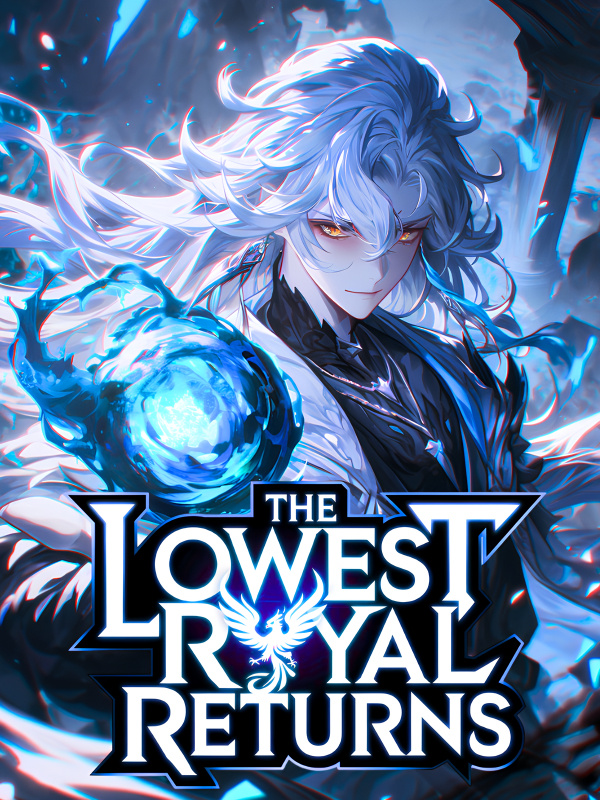Love Affairs in Melbourne-Chapter 262 - 257: The Most Capricious Store
Chapter 262: Chapter 257: The Most Capricious Store
From 2012 to 2015, three years is neither long nor short.
But it was enough to bring many changes.
Lingyan Shoe Industry, which had always been an "old brand" footwear OEM, because it got the "exclusive agency" of the American trendy brand Y·Y.
In the Greater China Region, it opened 6 stores, which were highly sought after by young people.
Including the 30 stores in the United States, Y·Y had a total of 36 stores worldwide.
Y·Y’s designs were avant-garde and bold.
Exaggerated just right.
Skateboard series, smoking series, rock series, motorcycle series.
In the United States, Y·Y was known as the trendy brand among trendy brands.
Y·Y’s style was to have no style.
Every season’s design was whimsical.
The creativity was like an inexhaustible source of a river, and no one could predict what Y·Y would focus on next season.
Besides creativity, Y·Y was also "famous" for its incredibly capricious store opening method.
Each month, they only opened for half the month.
It could be the first half of the month or the second half.
No matter how many days there were in a month, they did not operate on the last day.
Y·Y’s speed of new releases was unmatched by ordinary trendy brands.
Every time they "briefly closed," the day they reopened was a new release day.
Every opening day, there would be a large crowd of fans queuing overnight.
The reason fans lined up was simple, all of Y·Y’s clothes were limited editions.
As for how limited the quantity was, it depended on the mood.
Some had only one piece, some had a dozen or twenty.
The same series had the same price.
For instance, the T-shirts released at the same time were priced consistently, whether they were a single item or limited to 20 pieces, first come first served.
Since there was no advance "opening" announcement, at the beginning and middle of each month, large numbers of fans would queue at each store.
Americans had a culture of lining up, especially for things they liked, whether it was trendy brands or phones.
But no brand was as willful as Y·Y.
Many fans who came to queue a day earlier found out at 10 A.M. the next morning, when the store was supposed to open, that it was not a business day.
Some "die-hard fans," after several rejections, were so frustrated they wanted to complain to the brand. It was fine to open for half a month, but at least there should be a notice whether it would be the first or second half of the month.
After searching high and low, there was no way to find the specific designers or brand managers.
Finally, the intolerable "die-hards" came to cause trouble at the store.
Graffiti here, spraying paint there.
After the first store was vandalized, Y·Y brand did not react at all, neither calling the police nor cleaning up.
The malicious vandalism was just blatantly left there, swearing the dissatisfaction of fans often stood up. freёwebnoѵel.com
For half a month, this store was completely unattended.
Just when everyone thought the store had decided to "give up on itself," it reopened.
The angry "die-hard fans" found that the newest season’s clothes even featured shadows of their own masterpieces.
The designer had taken parts of the graffiti and paint and turned them into a brand-new graffiti series.
Moreover, this graffiti series was only sold in the vandalized store.
The walls would turn white again when it temporarily closed next time.
Unless a graffiti was considered exceptionally exceptional or memorable by the creative director, it would be preserved.
Then it would be printed on Y·Y brand clothes, shoes, bags, or other accessories.
The preserved graffiti would have a stamp added to the edges.
Apart from indicating that the graffiti was "protected," as long as the "troublemaker" could provide evidence that they were the author of the graffiti, they would receive the title of Y·Y brand guest designer and a design fee.
As for who the creative director was and what principles were used to select graffiti "designers," it was illogical.
This respect for art by the creative director made Y·Y famous in the American Graffiti circle.
Creating graffiti on a Y·Y store not only did not result in prosecution for "illegally" damaging public property, but also earned a reward.
At first, those who came to do graffiti were just little rascals of the graffiti world, but gradually, many graffiti masters were attracted.
Creating graffiti on the exterior walls of a Y·Y store was a bit like buying a lottery ticket, no one knew who would ultimately win.
Although the reward for having one’s work immortalized on the walls of a Y·Y store was not very lucrative.
But creating graffiti on other brand’s stores meant living in constant fear, not knowing when they might become a defendant, then be sent off for community service.
Creating graffiti at a Y·Y store just meant hoping to be one of the chosen ones.
The United States used to be a paradise for graffiti artists, the streets and skyscrapers of New York were all occupied by graffiti, but uncontrolled graffiti turned this city into a big calico cat, and it was finally strictly banned.
Only a few small graffiti holy lands were left, such as Art Heaven in New York’s Queens.
Y·Y came into the sight of American youth in 2013.
was a disastrous year for New York’s graffiti youth.
Art Heaven "5Pointz" was actually a water meter factory built in 1892, abandoned by the property developers who bought it in the 1970s.
In a place where land was expensive, leaving an abandoned factory was simply a waste, and the developers would inevitably rebuild it.
13,000 graffiti artists took the developers to court, arguing the building was yours, but the artwork on the exterior walls was mine, you can’t just demolish it, you need to respect and preserve the art.
However, the artists’ demands were not supported by the court, and graffiti did not receive legal recognition as "art."
In 2013, Art Heaven "5Pointz" was whitewashed completely, utterly void of "artistry."
In 2014, Heaven was demolished, and a brand new apartment building was constructed.
Graffiti masters with nowhere to vent their frustration found a special graffiti holy land that respected their "artistic creations" and became "passionate."
To claim a good spot, every time Y·Y opened a new store, many of the elite in the graffiti world would come early to queue.
Regarding the positions for graffiti, these people also had an understanding, first come, first served, those who didn’t get a good spot would wait for "whitewash day" to come around again, requeue, and show off their skills.
Two years later, the news of Y·Y opening a new store in some state in the United States would create a "deserted streets" spectacle.
People coming to buy clothes, to "apply" for guest designer positions, to exchange "art," skateboarders, motorcycle gangs...





![Read The Royal Military Academy's Impostor Owns a Dungeon [BL]](http://static.novelbuddy.com/images/the-royal-military-academys-impostor-owns-a-dungeon-bl.png)
